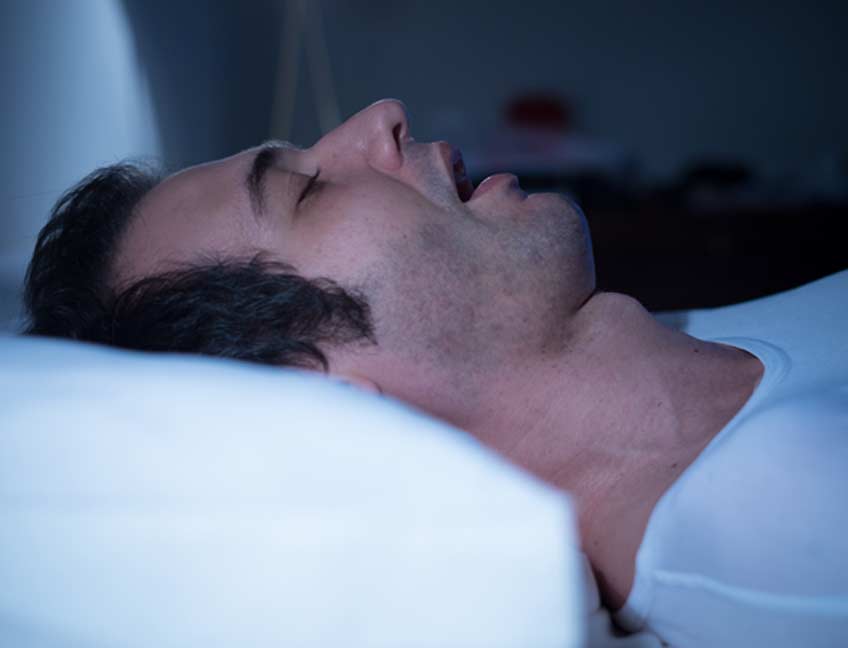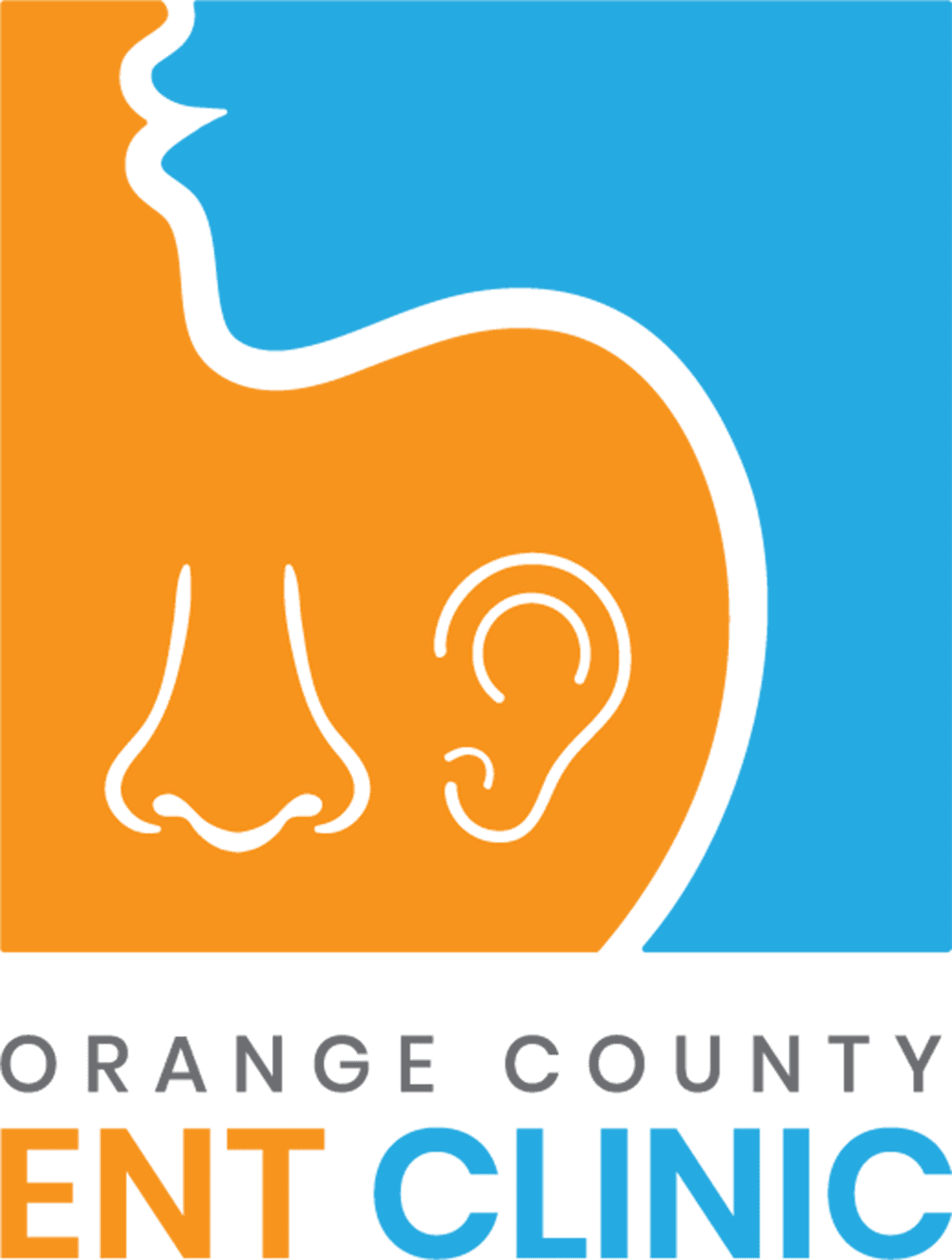
Sleep apnea is a potentially life-threatening condition that results in periodic breathing interruptions while sleeping.
With mild cases, lifestyle changes that typically include losing weight and quitting smoking are usually suggested. Managing allergy symptoms sometimes helps, as does the use of a continuous positive airway pressure (CPAP) machine.
It’s usually when symptoms are severe or not being controlled effectively with conservative methods that sleep apnea surgery becomes part of the discussion.
Tissue Removal
A procedure known as uvulopalatopharyngoplasty (UPPP) is sometimes done to remove tissue in an effort to create more airway space. Tissue is usually removed from the top of the throat and/or the rear of the mouth. Tonsils and adenoids are also removed with this approach to sleep apnea surgery. Tissue may be removed with radiofrequency ablation, which uses an electrical current produced by radio waves to target specific tissues. Tissue removal is usually not recommended for obstructive sleep apnea (OSA) sufferers.


Tissue Shrinkage
Radiofrequency ablation may also be used to shrink tissue in the back of the mouth and throat instead of removing it. This option is more likely to be recommended for patients with mild to moderate sleep apnea symptoms. It may also present fewer surgical risks than what’s possible with tissue removal.
Lower Jaw Repositioning
This approach to sleep apnea surgery involves moving the jaw forward and away from the rest of the facial bones. What lower jaw repositioning (maxillomandibular advancement) does is create more space for the soft palate and tongue. Titanium plates are used to stabilize the jaw bone in its new advanced position.
Nasal Surgery
If structural problems are contributing to daytime and nighttime nasal congestion that’s triggering sleep apnea episodes, nasal surgery may be recommended. Septoplasty and turbinate reduction are the two most common procedures performed. These operations straighten out the bony tissue that separates the nostrils (septum) and reduce the size of small structures in the nostrils called turbinates.
Soft Palate Implants
Also called the Pillar Procedure, soft palate implants may help curb snoring and treat mild issues with sleep apnea. During this type of surgery, three polyester rods are inserted into the soft palate. The purpose of the implants is to reduce instances of the soft palate making contact with the back wall of a membrane-lined cavity located behind the mouth and nose (the pharynx) when sleeping.
Tongue Advancement or Reduction
With tongue advancement, the genioglossus muscle that supports the tongue is moved forward. What this does is limit instances of the tongue falling backwards during the various stages of sleep. Patients with obstructive sleep apnea may fare better with tongue reduction or shrinkage. One option is to reduce the size of the tongue base with radiofrequency waves. The base of the tongue may also be removed with direct excision (mid-line glossectomy).
Nerve Stimulation
With this procedure, a stimulator device is inserted to stimulate the hypoglossal nerve. This is the nerve that controls tongue movement. It’s believed that the additional nerve stimulation helps keep the tongue in a position that allows the airway to remain unobstructed during sleep.
Tracheostomy
The creation of a new air passageway (tracheostomy) is usually a last resort technique if other sleep apnea treatments haven’t been effective. It involves creating an opening in the neck and inserting a plastic tube for breathing. A permanent tracheostomy may be an option for morbidly obese patients with obstructive sleep apnea.
In addition to the types of sleep apnea surgery already discussed, patients with disruptive sleep patterns may benefit from weight-loss surgery if they are clinically considered obese or morbidly obese. Some patients also see improvements with sleep apnea issues after having enlarged tonsils or adenoids removed as a standalone procedure – meaning not as part of an uvulopalatopharyngoplasty procedure.
